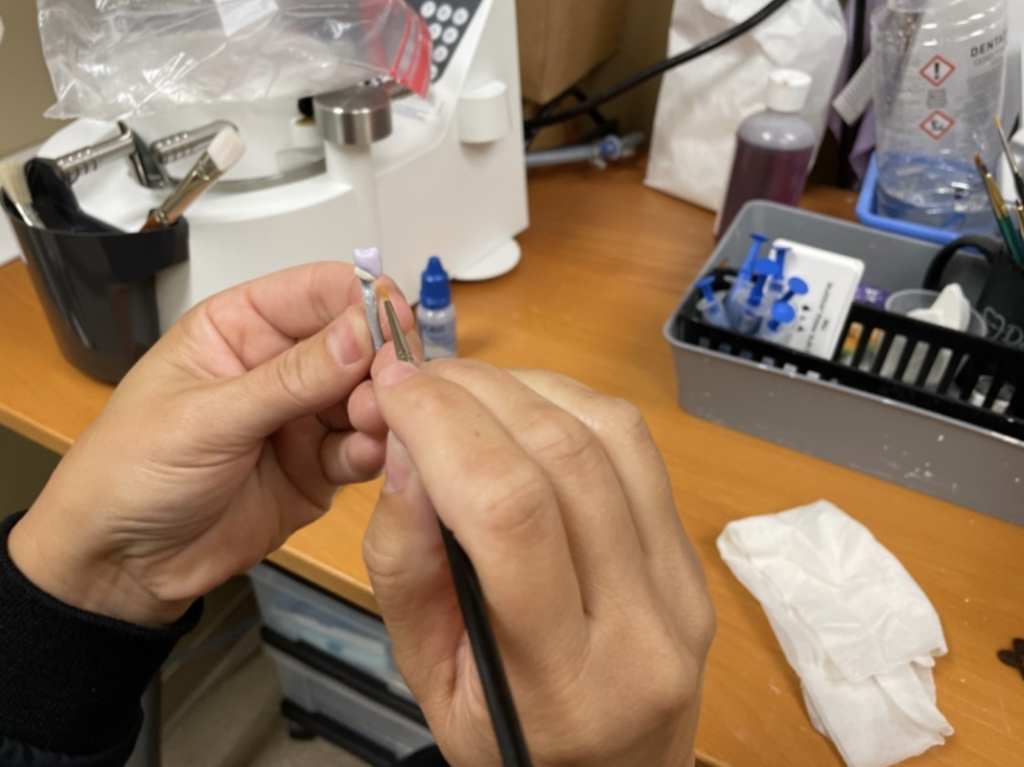By: Dr. Elizabeth Eggert
Have you ever wondered about the origins of dental crowns? It’s a fascinating journey through time, starting centuries ago when people first sought solutions for damaged or missing teeth. We here at Eggert Family Dentistry in North Oaks, MN, thought it might be fun to delve into the rich history of dental crowns and share it with you.
Early History
The concept of dental crowns dates back to ancient times, with evidence suggesting that civilizations like the Etruscans and Egyptians used various materials to restore teeth as early as 200 AD. However, it was not until the 19th century that the modern dental crown as we know it began to take shape. Sir Isaac Newton suggested using gold as a material for dental restorations in the 17th century, laying the groundwork for future innovations in dental crown technology.
Over the years, dental crown materials have evolved significantly. From gold and amalgam to porcelain and ceramic, dentists have experimented with a wide range of materials to achieve the perfect balance of durability, esthetics, and biocompatibility. Today, all-ceramic crowns are among the most popular choices due to their natural appearance and strength, however, porcelain fused to metal (PFM) crowns are still a popular choice after their introduction in the 1970’s.
What Makes These Materials Great for Replacing Teeth?

Porcelain and ceramic crowns closely mimic the appearance of natural teeth, blending seamlessly with your smile. Additionally, they are highly durable and resistant to stains, making them ideal for long-term use. Porcelain is a very good substitute for the enamel found on natural teeth both for esthetic properties and strength. Porcelain fused to metal crowns combine the strength of metal with the esthetics of porcelain, offering a versatile solution for various dental needs. Gold crowns are just that, crowns made completely out of gold metal. While they don’t look as natural as a porcelain crown due to their gold color, gold crowns have stood the test of time with their high durability and biocompatibility. The main issue with gold or PFM crowns now is the metal has gotten so expensive that these materials can no longer keep up with all the benefits of all porcelain crowns.
How Are Crowns Fabricated?

When it comes to fabricating dental crowns, there are two main methods: in-office fabrication or dental lab fabrication. To make a crown in-office, we using technologies like CEREC (a CAD/CAM technology), that allows for same-day crowns, providing convenience and efficiency for patients. Crowns made in a dental lab are typically made from impressions or scans taken by Dr. Elizabeth or Dr. Jeff and then the lab is able to make the crown with their highly specialized equipment.
Whether fabricated in a dental lab or in the office, dental crowns play a crucial role in restoring and enhancing smiles. From their humble beginnings in ancient civilizations to the advanced materials and techniques used today, dental crowns continue to evolve, offering patients durable and esthetically pleasing solutions for dental restorations. So the next time you flash your smile, remember the rich history behind those beautiful crowns! Call Dr. Jeff Eggert or Dr. Elizabeth Eggert at Eggert Family Dentistry today for your next dental crown. 651.482.8412.
